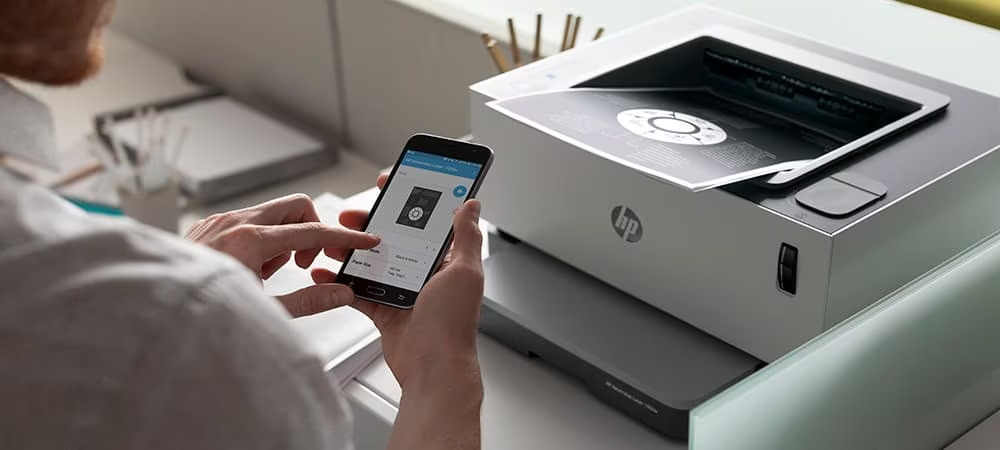A Southern California company and its groundbreaking innovation could be key to the cleanup of toxic chemicals threatening the health of millions of Americans. BioLargo, Inc., a developer of environmental technologies and a full-service engineering firm, is introducing a pioneering method to rid water of per- and polyfluoroalkyl substances (PFAS), which are linked to cancer and birth defects, among other health problems.
These PFAS are synthetic compounds, and are also known as “forever chemicals” because nature cannot break them down. They have been discovered in water supplies throughout the country and elsewhere in the world, raising concerns among the public and government regulators.
“There are several solutions coming to market that can do the job, but they’re highly inefficient,” says BioLargo President and CEO Dennis P. Calvert, pointing out the negative environmental impact and high cost of common treatment solutions such as carbon filtration.
BioLargo’s removal technique is not only economical but leaves a very small environmental footprint compared to the competition. BioLargo focused on developing an extraordinarily efficient and selective process for extraction and collection of PFAS, Calvert says, resulting in a very small mass of waste product to manage through destruction or disposal.
BioLargo engineers started developing the technology, based on principles of electromigration and special membranes, a few years ago. “We came up with a solution that contends head-on with those contaminants and works with a wide variety of water types,” Calvert says.
The discovery will be particularly impactful as more states start to suffer from water shortages because the technology will safeguard the country’s finite fresh water sources.
Dennis Calvert, BioLargo CEO BioLargo already has two potential clients, both of whom are having their water tested with BioLargo’s PFAS solution, the Aqueous Electrostatic Concentrator (AEC), which will be formally launched in 2022. The clients are a federal agency and a Southern California municipality.
The timing lines up with the recently announced Biden Administration plans to regulate limits on the chemicals in drinking water and fine industrial polluters who do not comply.
“This is a bold set of actions for a big problem,” Environmental Protection Agency Administrator Michael Regan has said in media interviews. “This strategy really lays out a series of concrete and ambitious actions to protect people. There are concrete steps that we are taking that move this issue forward in a very aggressive way.”
The implications of the EPA strategy will be significant considering PFAS have been commonly used in everything from nonstick cookware to water-repellent fabric and firefighting foams on military bases. The government announcement may mean more funds available for the cleanup efforts, which are likely to cost billions of dollars.
“The new EPA roadmap is great news for everyone except PFAS industrial polluters,” says BioLargo’s Alex Evans, director of corporate communications. “It helps a company like BioLargo, which has a PFAS treatment technology ready for commercialization. And we understand the regulatory drivers that will influence the market for our technology.”
PFAS cleanup presents a massive opportunity for BioLargo and a chance to disrupt a multi-billion-dollar emerging market while working with multiple business partners on the endeavor.
BioLargo started out as a technology company focused on research and development. Over the last decade, it has evolved into a full-service, entrepreneurial solution provider with an expert team of scientists and engineers tackling clients’ problems, including air, water and industrial odor pollution.
Odor control alone was an almost $2-million business last year for BioLargo. “We are just out of the gate in terms of its impact potential. We’re now leveraging our air quality control product design, our technical expertise and proof of claim, to form partnerships around the world and expand distribution,” Calvert says.
The combination of expertise and entrepreneurship is rare in industry and positions BioLargo as a sought-after collaborator. Partnerships are now at the forefront of BioLargo’s dealings as it positions itself to expand its commercial reach by teaming up with like-minded enterprises.
“The idea that you can install small modular systems for a segment of the market to reduce wastewater discharge functionally helps them in two ways: they get water to reuse and they reduce their disposal bill associated with public utilities. It’s a greener solution,” Calvert says.
Garratt-Callahan will sell the product, details of which are still being kept secret, to its customers at $100,000-$500,000 per unit. The company hopes to sell 25-35 units in the first year.
“The heart of the process – developed and patented by Garratt-Callahan scientists – needed the expert equipment and manufacturing capabilities that BioLargo adds to bring it to fruition,” says Garratt-Callahan Technical Project Manager Kelle Zeiher, PhD in a company press release.
Another upcoming venture for BioLargo is a consumer odor control product being launched in collaboration with Ikigai Holdings, LLC, whose founders have successfully commercialized five revolutionary consumer products in the past. Together, the two companies intend to create a new mass-market brand based on BioLargo’s technology. BioLargo will serve as the manufacturer and technology licensor. The target is to get to $100 million within four years, Calvert says.
BioLargo is also bringing innovative solutions to the farming industry through a new partnership with Aquaco Resources, Inc. In this project, BioLargo plays the role of supply chain partner, designing, manufacturing and installing water treatment equipment for Aquaco customers, starting in California. Aquaco plans to expand its venture nationally and generate more than $100 million a year after four or five years.
These are just a few of the collaborations and partnerships in which BioLargo is engaged. “Some are more challenging, some take more capital, but they’re all very important because they provide incremental revenue and technical validation of our solutions,” Calvert concludes. “Making a difference and making money combine to become powerful motivators for our team and our partners. We have a deep sense of duty to achieve our mission to better the world.”
Biolargo
Related Posts




